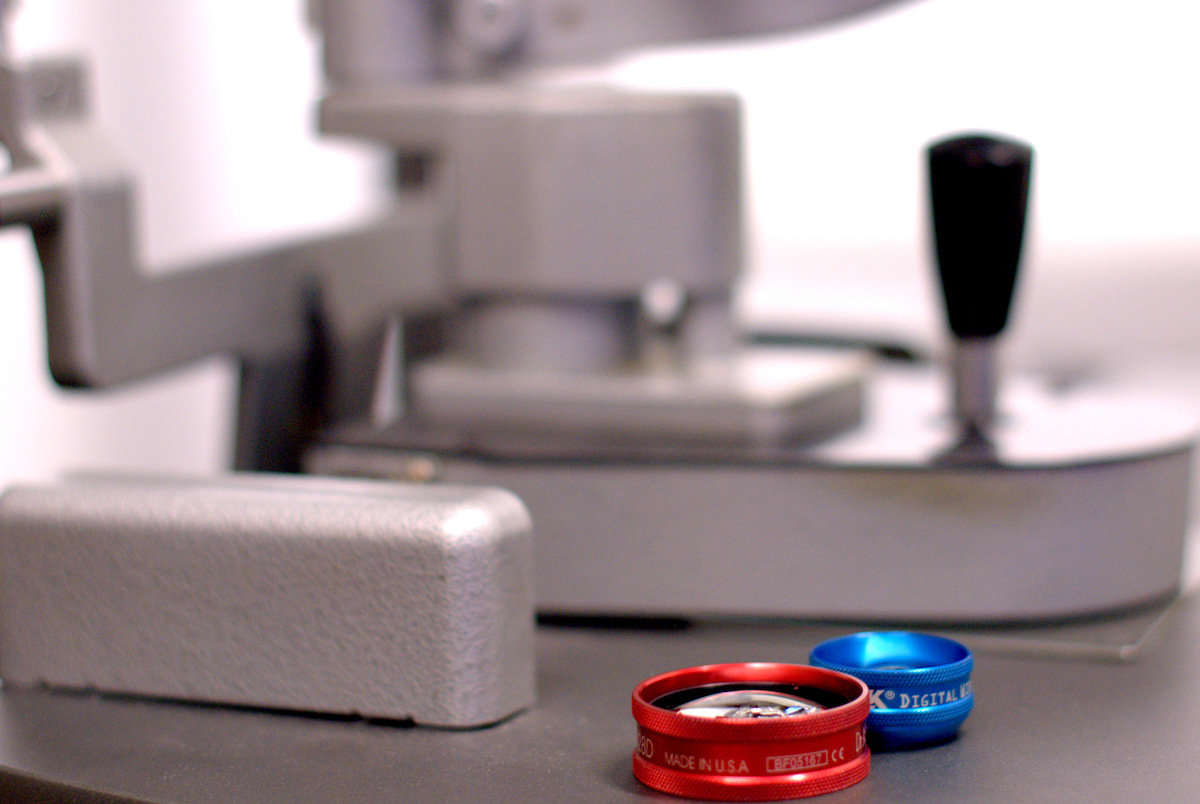What is Uveitis?
The eye is shaped similar to a tennis ball, with three different layers of tissue surrounding the central gel-filled cavity.
The inner layer is the retina, a layer of special light-sensitive tissue at the back of the eye that sends nerve impulses up the optic nerve to the brain. The outer layer is the sclera, the strong white wall of the eye.
The middle layer is called the uvea. Uveitis is inflammation of the uvea.

Why is Uveitis important?
The uvea contains many blood vessels – the veins, arteries and capillaries – that carry blood to and from the eye. Since the uvea nourishes many important parts of the eye, such as the retina, inflammation of the uvea can damage your sight.
What are the symptoms of Uveitis?
Uveitis may develop suddenly with redness and pain or with painless blurring of your vision. A simple ‘red eye’ may in fact be a serious problem of uveitis. Symptoms include:
- Light sensitivity
- Blurred vision
- Pain
- Involvement of both eyes
- Redness of the eye
- Floaters
What causes Uveitis?
There are many different causes of uveitis. These include infections from viruses, fungi, parasites, or autoimmune conditions that affect other parts of your body, such as arthritis, gastrointestinal disease, or collagen vascular disease such as lupus.
In more than half the patients, the cause of the disease remains unknown.
Are there different types of Uveitis?
There are different types of uveitis depending on which part of the eye is affected. Some of the terms used to describe it are:
- Anterior uveitis
- Iritis, Cyclitis
- Pars planitis
- Intermediate uveitis
- Posterior uveitis
- Panuveitis, Scleritis
- Retinitis, Choroiditis
- Vasculitis
- Endophthalmitis
How is Uveitis diagnosed?
A good eye exam is extremely important because inflammation inside the eye can permanently affect sight or cause blindness if it is not treated.
Depending on the type of uveitis, you may need:
- Eye tests (OCT Scan, fluorescein angiogram)
- Blood, skin and radiology tests to help make the diagnosis and to treat.
- In severe cases, you may need the involvement of a specialist medical physician (rheumatologist).
How is Uveitis treated?
Uveitis is a serious eye condition that can cause several complications inside the eye. Uveitis needs to be treated as soon as possible to minimize the complications.
Steroids are the main treatment that reduces inflammation and pain. Steroids may be given as eye drops, tablets or in some cases, injections in or around the eye. You may need a medical physician review. Occasionally a surgical biopsy may be needed to diagnose the cause of your uveitis.
Complications of Uveitis
Some complications of uveitis need further medical and surgical treatment:
- Glaucoma
- Abnormal blood vessels in the retina that may need injections or laser
- Cataracts
- Retinal scarring – Epiretinal Membrane
- Retinal swelling that may need steroid or other drug injections
- Retinal detachment

